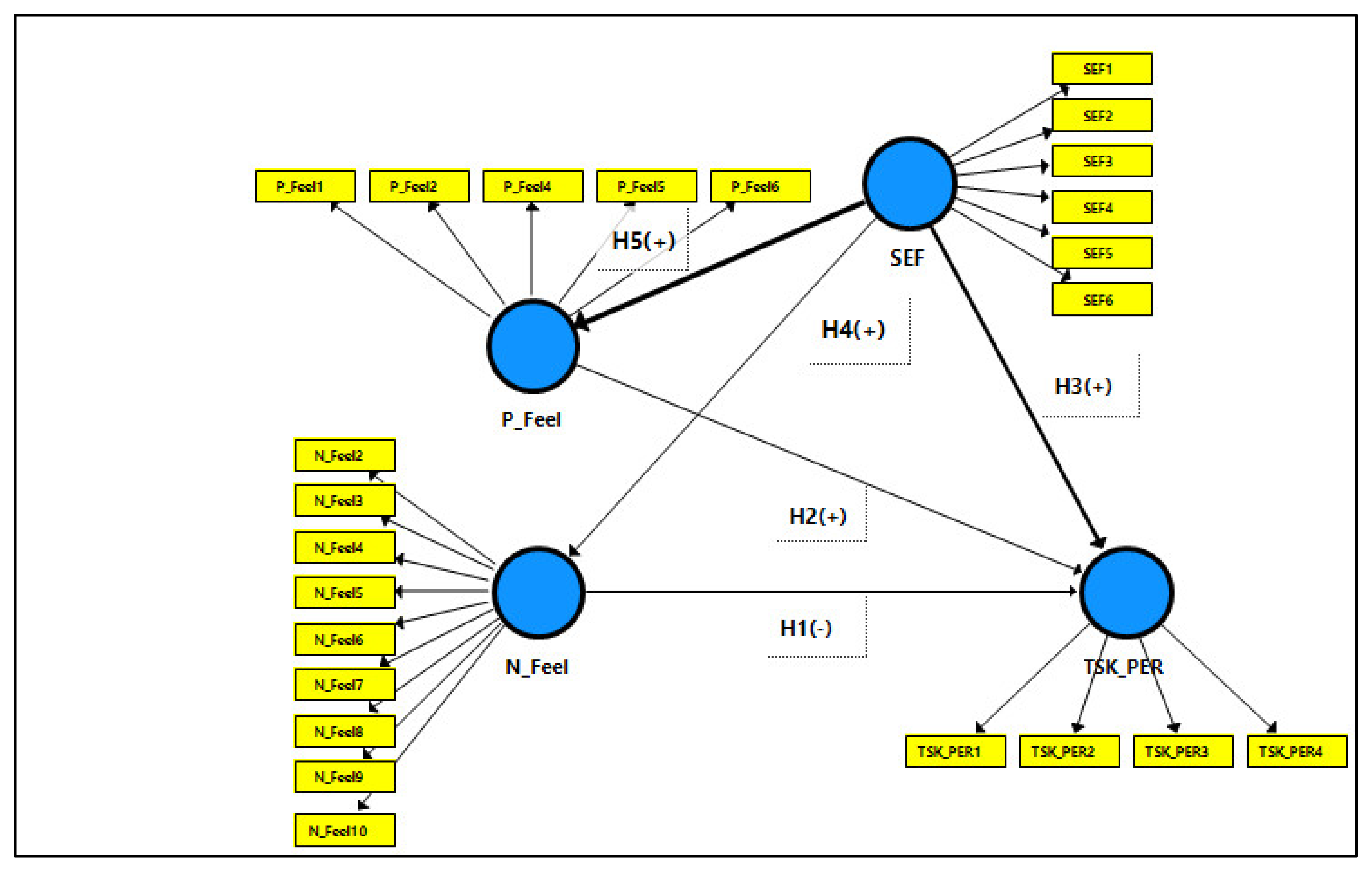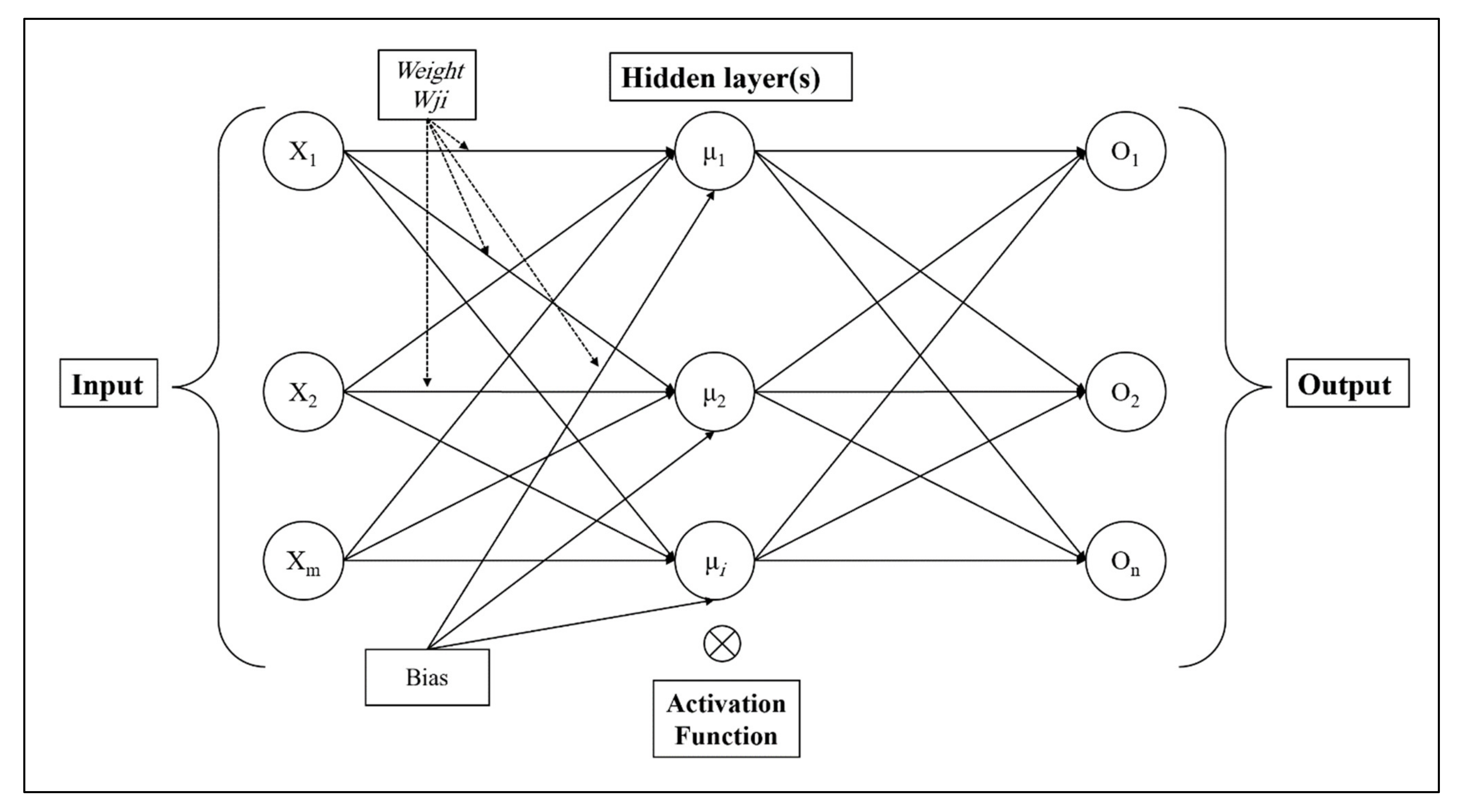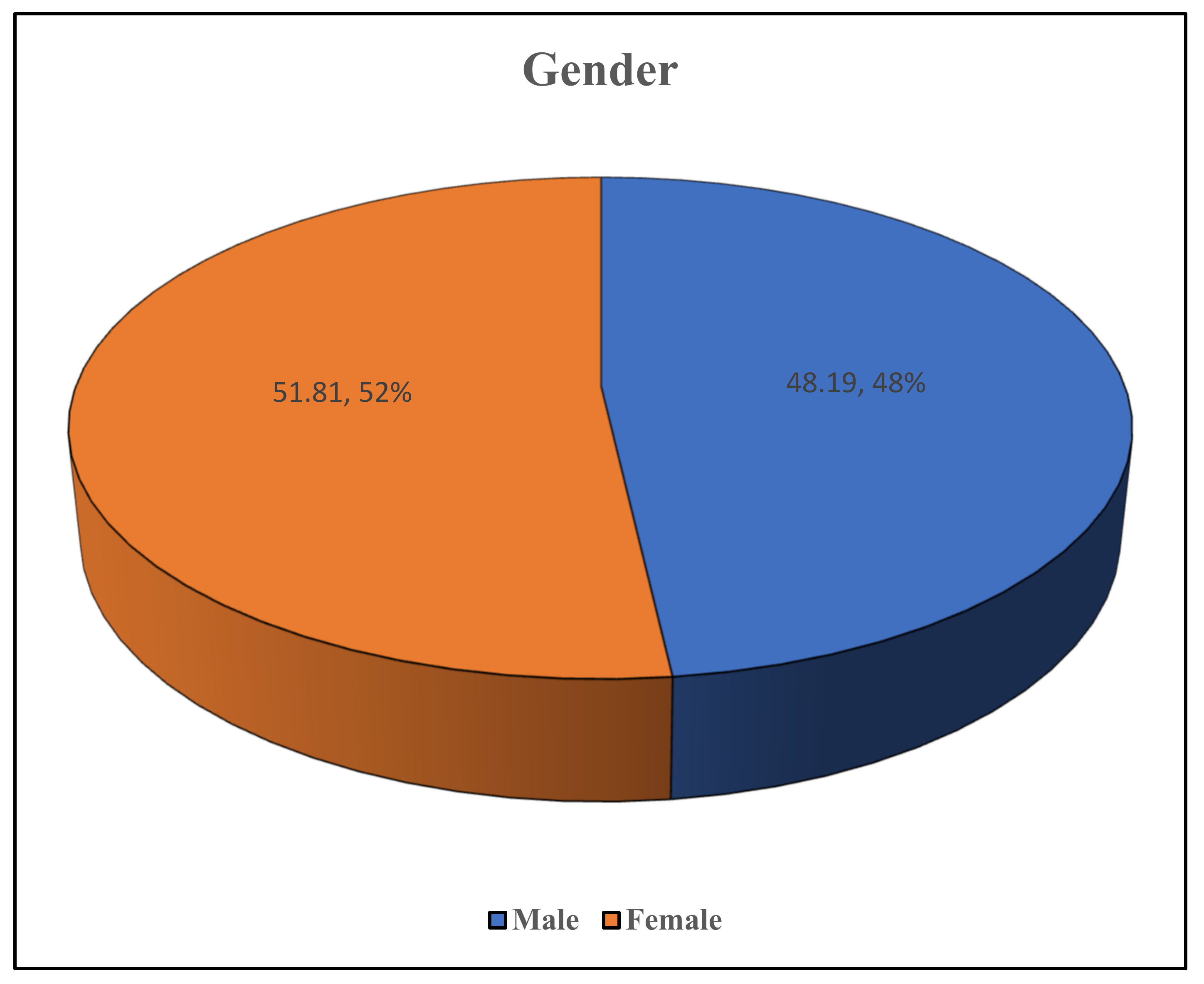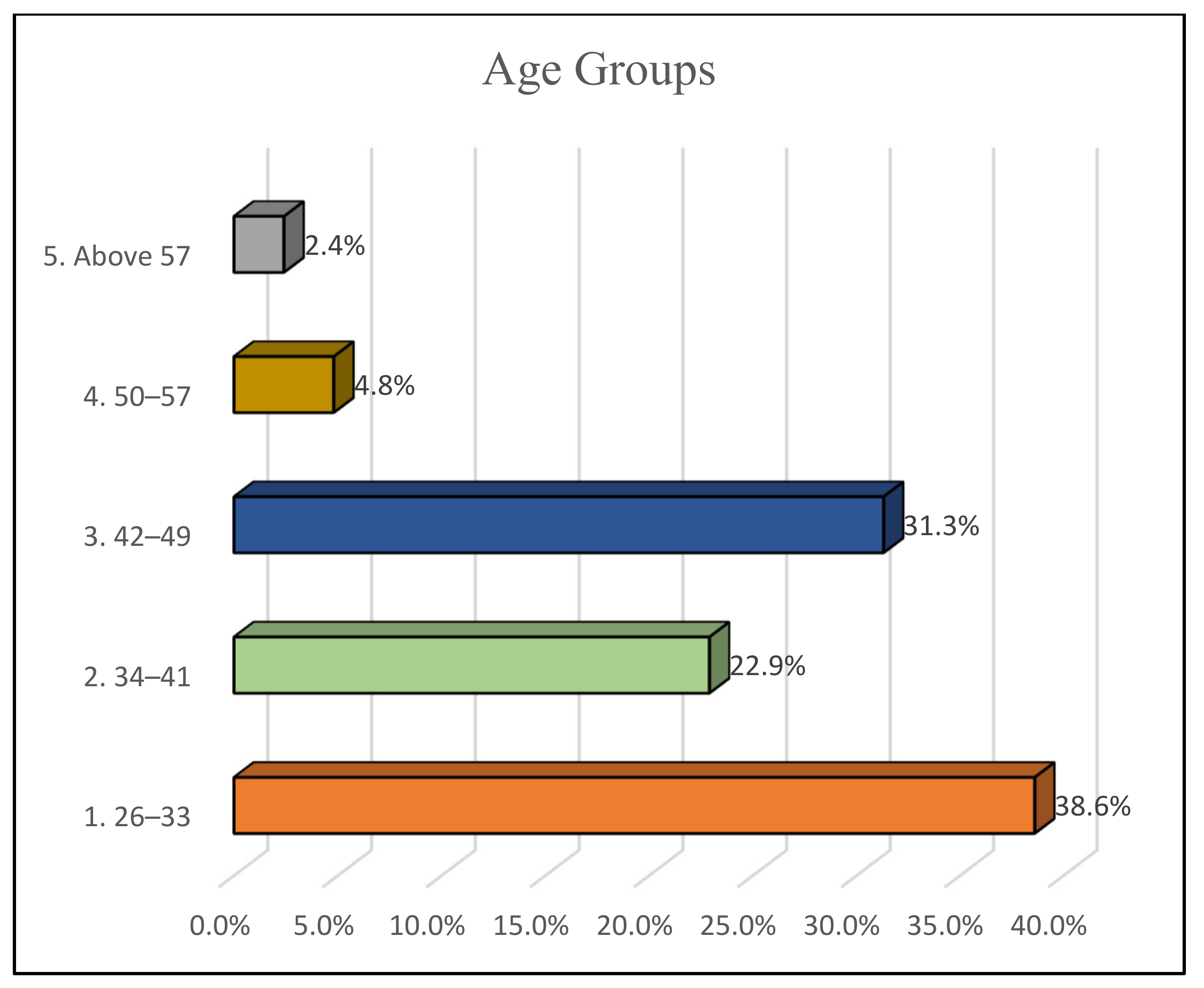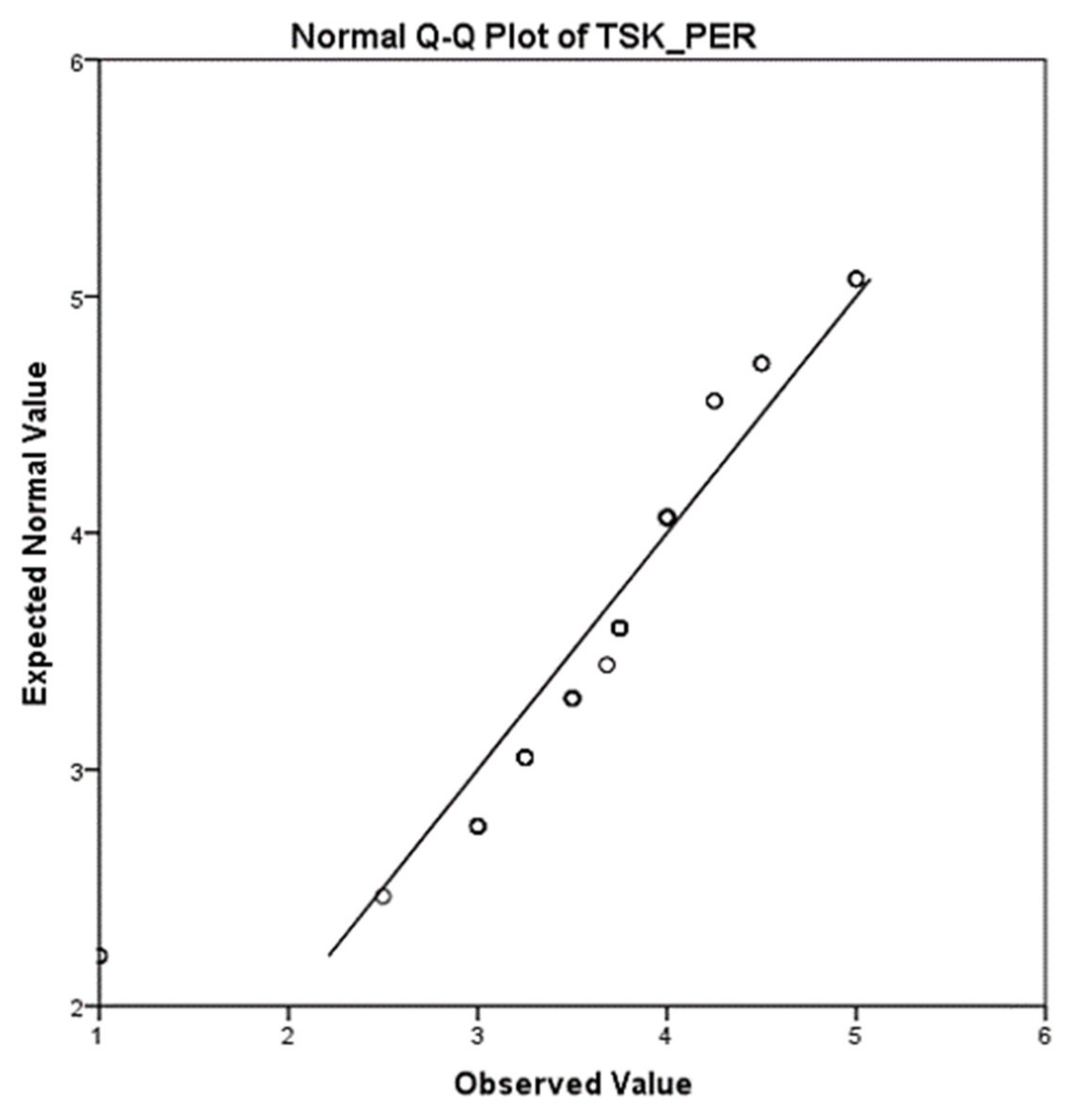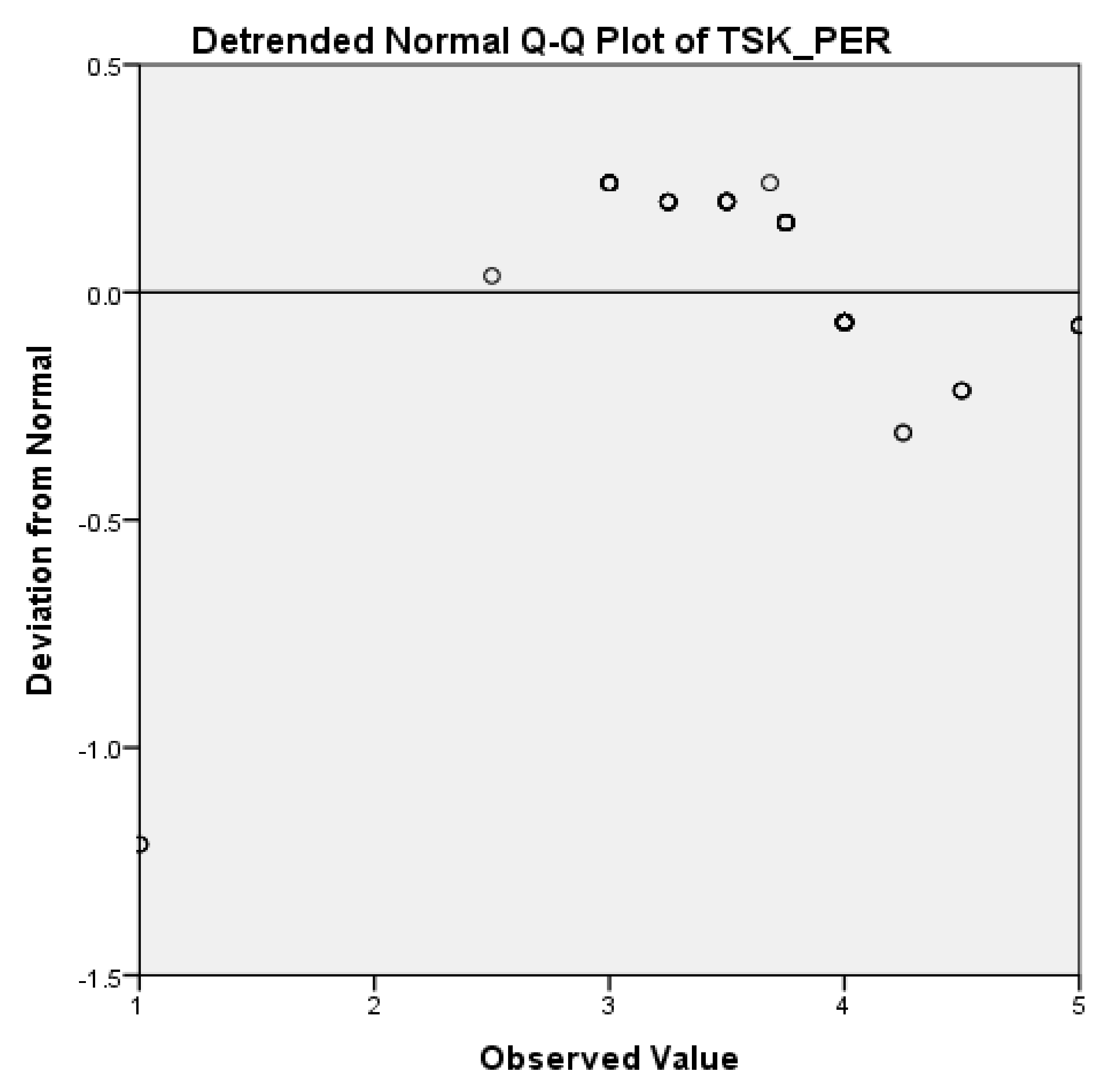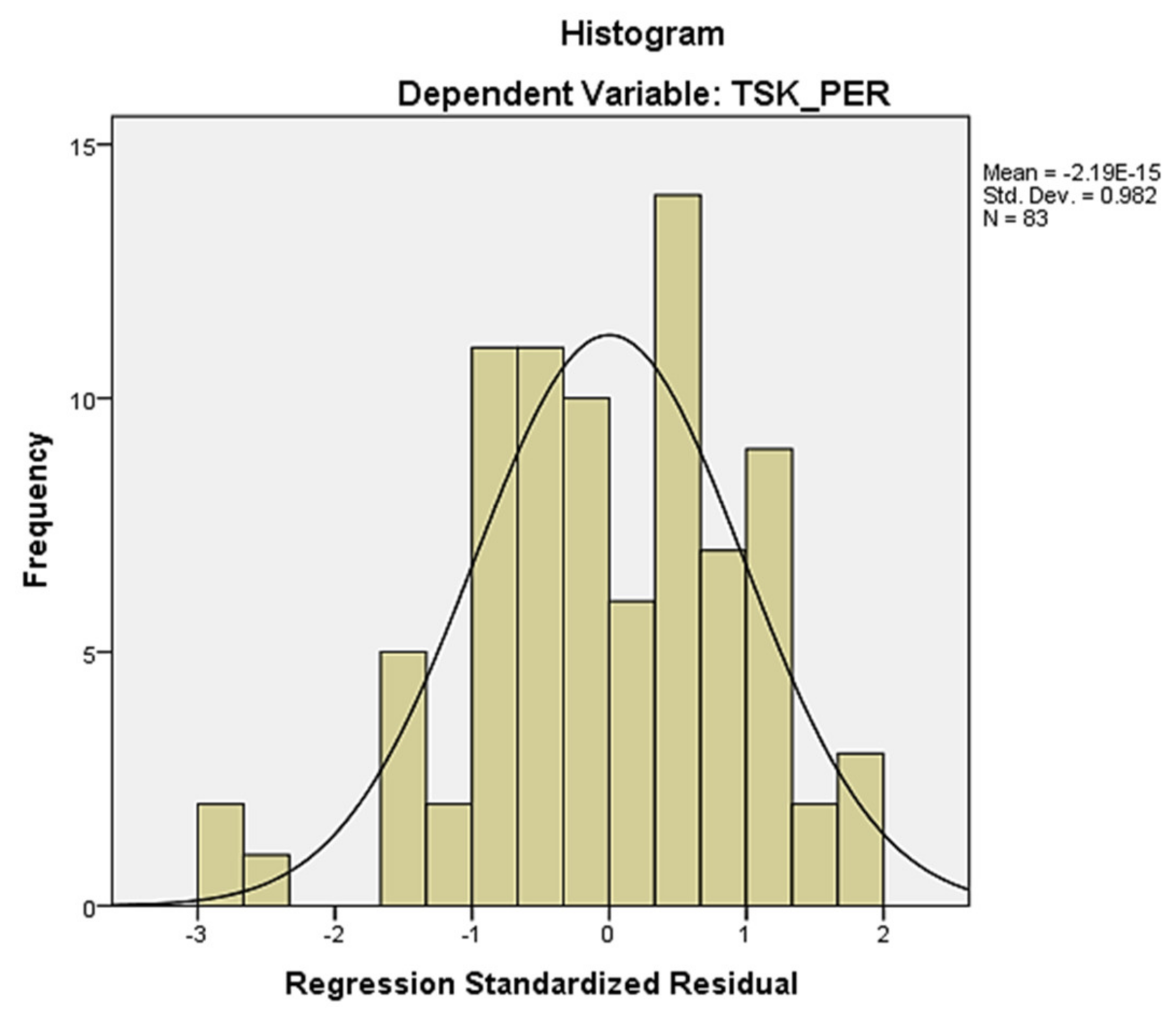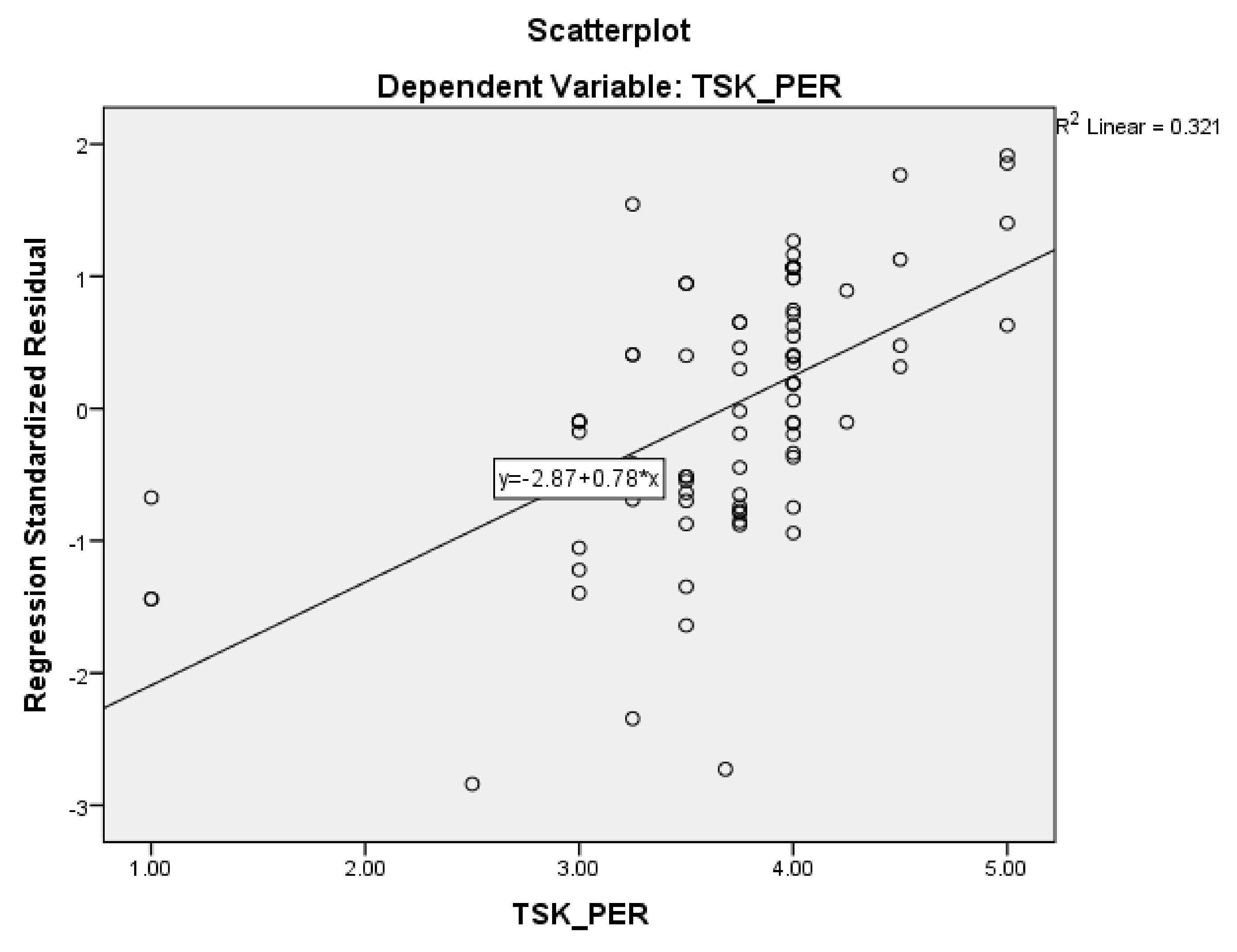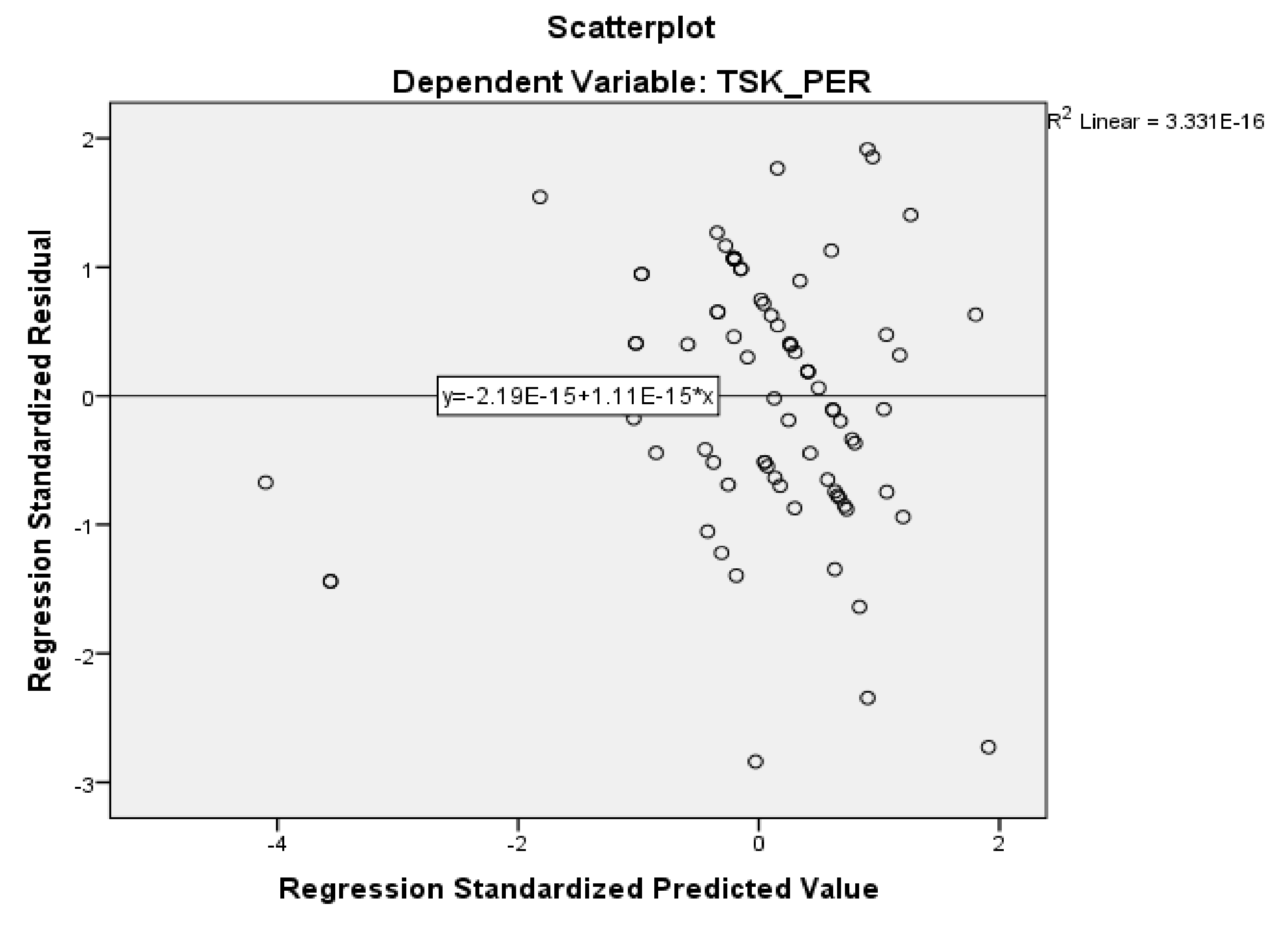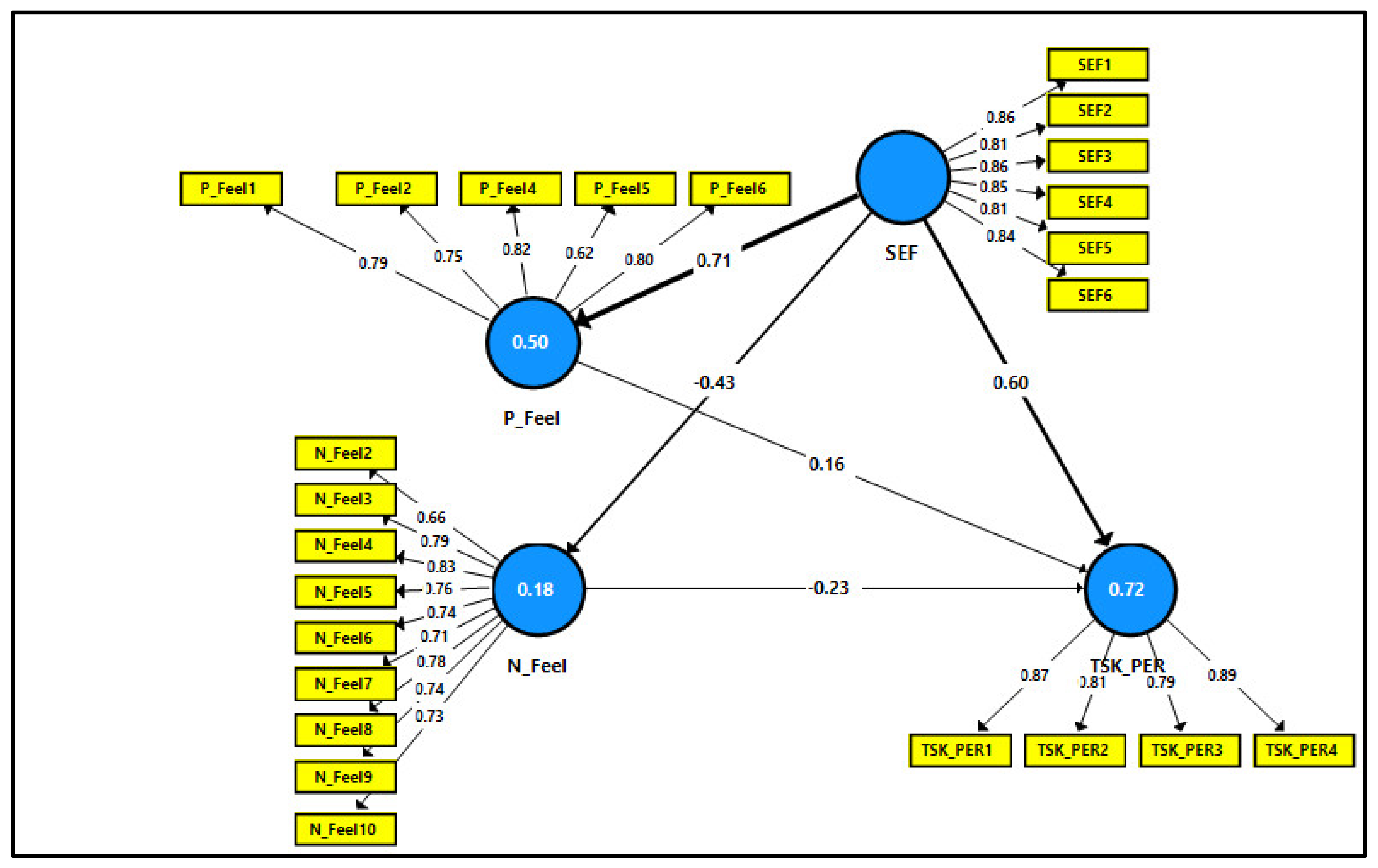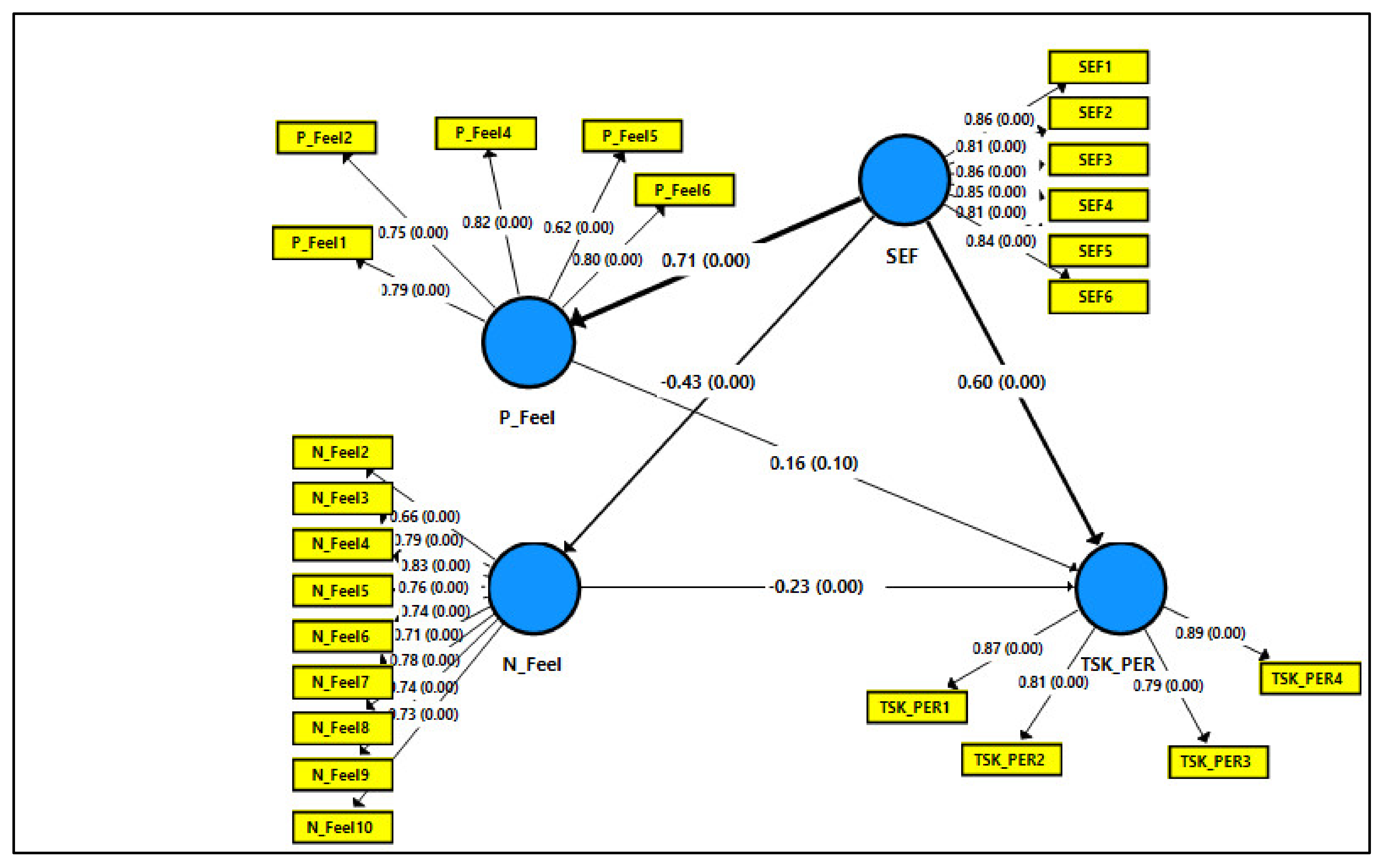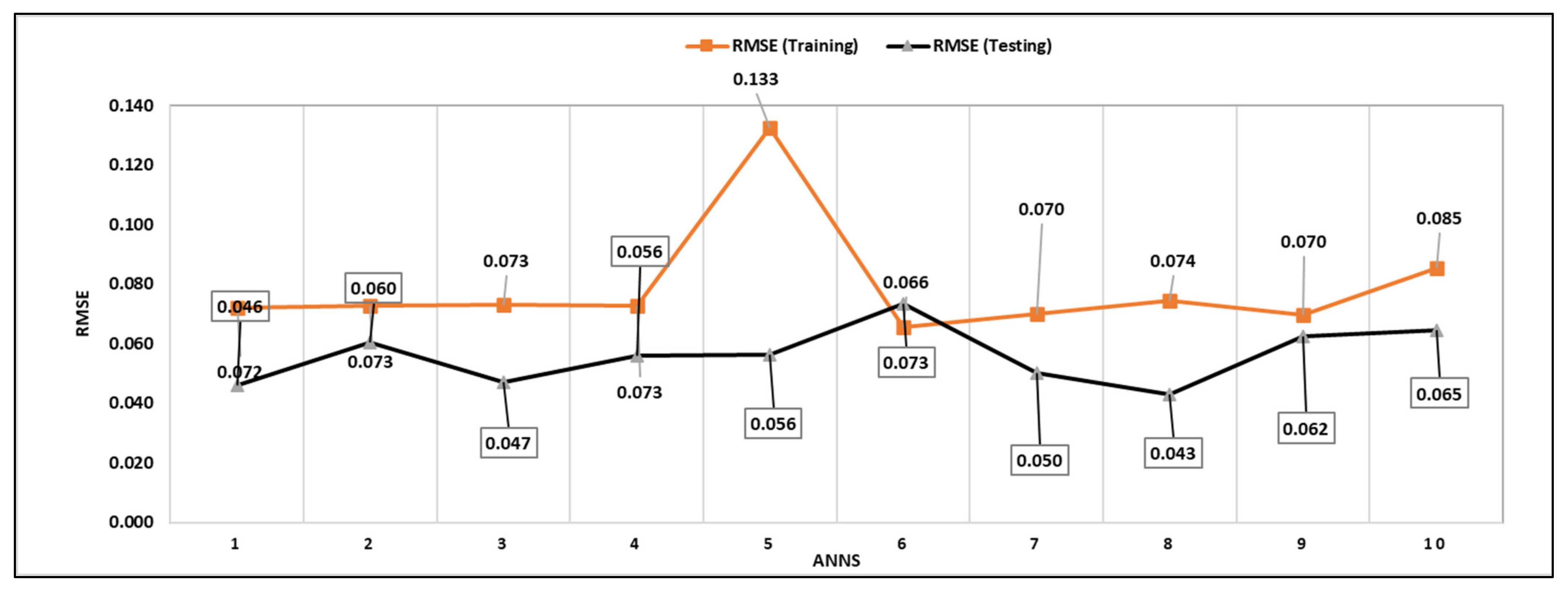2.1. COVID-19’s Repercussions and the Immediate Transition of the Traditional Teaching and Learning toward Online MethodTeaching
The unexpected outbreak and continual spread of the coronavirus have brought many changes in our habits, feelings, the way we work, communication and social relationships. The educational process is not immune and teaching and learning activities have changed completely, with new challenges and hardships surfaced as the newness of the virus per se [
24]. The GCC countries followed other nations in suspending HE institutions and schools in an effort to curb the spread of the infection, in Bahrain. The early closure of HE institutions and schools started on 25 February 2020 in Bahrain. Following that United Arab Emirates, Saudi Arabia, Qatar, Kuwait and, finally, Oman on March 2020 [
25]. The total number of GCC learners affected was 12,085,898, of which the majority were in Saudi (69.5%) and the fewest in Qatar (1.44%) [
25]. Almost all the HE institutions adopted learning management systems (LMS) and were equipped with technological tools to continue the educational process. All student registration was performed online and different resources were provided to handle the sudden change to online teaching.
Although it is widely accepted that during crises human nature seeks to adapt to the new situation, with innovation, this was not the case with the rapidly changing COVID-19 situation [
26]. Innovation develops gradually and does not come suddenly into practice before it matures [
26]. Although the change from conventional methods to blended and online education (i.e., synchronous and asynchronous) worldwide, was proposed a long time ago, the sudden shift to online was unplanned and unexpected by the majority of educational institutions. Their suspension and closure and the cancellation of many on-campus activities, such as lectures, conferences, workshops and sports activities, necessitated the transition to online to curb the spread of infection by breaking the chain of transmission [
27]. In other words, the teaching/learning activities were involuntarily changed.
The nature of business and society changed dramatically as a result of the COVID-19 outbreak, the lockdown and its repercussions, with unprecedented challenges to all aspects of life [
3]. The working staff in all sectors, which the academic and teaching staff are no exception, have faced new challenges in the way they work and they retreated to the sanctity of the private home. In addition, the social distancing became obligatory as schools and universities suspended or completely closed that made working online a must [
24] and rendered a panacea to survive the education process [
6]. Changing work habits to do working tasks at home while facing the feelings of uncertainty and trying to maintain ourselves and colleagues motivated are other aspects of the impact of COVID-19 [
28]. Furthermore, how to manage the work tasks (i.e., work-based role) in addition to in-house responsibilities (i.e., home-based role) created tensions and accumulated burden to compete with [
28]. In addition, privacy has been distracted by holding meetings inside the private rooms/home-office and finding oneself in the spot to see children moving around or pits.
Interestingly, individuals began to work longer hours at their computers as the boundary between home and work dissolved [
29]. Previous writers have emphasized the significant role of the emotions in virtual environments, especially with the mixed and turbulent feelings of frustration, fear and uncertainty caused by the lockdown [
28]. Virtual, online teaching/learning replaced face-to-face contact and the physical presence in front of the students, where body language and facial expressions played a vital role in communication between the teachers and learners [
30]. This situation holds for most HE institutions in developing countries, with the exception of the few that already had adopted mixed methods of online and traditional learning/teaching. For example, Bisht, Jasola and Bisht [
31] demonstrated that the transition from traditional teaching to the online mode went smoothly as a result of having a digital curriculum in the form of massive open online courses (MOOC), recorded or streamed for use by students. These authors [
31] contend that this smooth transition ensures continuity in the teaching/learning process, engagement of students in virtual classes and has the benefit of minimizing the negative psychological effects of COVID-19.
In sum, there are differences between the two modes of teaching—the traditional and the online—that can be summarized as follows: In conventional/traditional mode the body language, the face-to-face expression and the direct communication between the tutor and the learner played a vital role in the education process. On the other hand, in online mode (i.e., synchronous or asynchronous) there are physical boundaries between the educator and student, the recognition of the students’ understanding by the facial expression is lacked, the time for preparation of lessons increased, the glimpse of the student movements is difficult and the disturbance in the virtual class may be faced either for the learner or the tutor [
30] from home dwellers. More importantly, the online distance learning requires the student to have self-discipline, eagerness to learn and ask for assistance, self-motivation and seriousness to learn [
32]. Noteworthy, switching toward the online teaching is coupled with online assessment, is another obstacle. The educators find it difficult to comply with the accustomed method of evaluation and the emergent way of evaluations that raised number of questions: Are we fairly evaluating the students? Do they really deserve marks given to them? In addition, are the quizzes or online exams achieving the goal of educational knowledge attainment?
The swift transition to online teaching might be expected to provoke negative emotions and degrade the performance of staff. Conversely, despite the difficult situation, social-isolation and complete lockdown, positive feelings may exist; for example, institutions’ and teachers’ attempts to maintain morale, exploration of social media to release stress, in-house sporting activities, communicating with colleagues and friends by social media, receiving positive news of recoveries and spending more time talking to children and spouses.
Already having the proper skills, technical competencies and intellectual capabilities to adapt to the online pedagogy and the strong and indomitable will to adjust to the new situation of the lockdown, are traits which might be expected to encourage greater productivity. The self-efficacy reflected in these features should reduce negative feelings and strengthen the positive ones, in turn maintaining task performance if not boosting it. For this reason, one of the study’s objectives is to evaluate the relationship between self-efficacy on the one hand and the positive/negative feelings and task performance on the other hand, among teaching and academic staff during COVID-19.
In addition, as indicated in literature, Tsui et al. [
26] explained the sudden switching to online mode in a very short time—adding to that the stress emerged that is mixed up with fear and anxiety of being infected alongside with upskilling to new e-learning tools and software—has created much more obstacles that might degrade the performance in teaching the academic syllabus. In addition, the online learning differs from the traditional teaching/learning paradigm. That is, unlike the traditional mode of teaching, in online mode the tutor is apparently unable to glamps what the students do during the lesson. Are they showing boredom, tiredness, or confusion of the topic presented? Are they frustrated, asleep, chatting with each other or still focusing on the concepts explained? Who is participating, pondering a difficult matter, or taking notes during the session? all these aspects are possibly noticeable in classical or traditional teaching/learning environment but not in online mode [
32].
Based on these arguments, the educators are facing new challenges with online mode that could urge a dire need to motivate students to stay focused, participate and join the herd of all students in virtual class. In addition, it could possibly create inner positive or negative feelings about the new situation. In other words, to maintain an appropriate control of the class’s community, the educators find it more difficult to practice during or, at least, in the early phases of applying online teaching/lecturing.
2.2. Bahrain as the Context of the Study
The rapid infection of the coronavirus rendered the epidemic to become a pandemic that spread out to other countries. Iran, Italy and Spain were the most infected in the early stages of the pandemic and were considered epicenter in their regions. The GCC countries were susceptible to this outbreak as they are nearby Iran, which responded by closing their borders to flights from infection epicenters in an attempt to flatten the infection curve. Bahrain, as a member of the GCC, applied a bundle of emergency measures to protect citizens and residents. These measures included the cancellation of many activities (e.g., social, entertainment, academic and sports), the closure of schools, HE institutions and all training and community centers [
17] and the transformation of the activities of many businesses and government sectors into online. These measures had proved to be effective during the influenza pandemic in the US in 1918 to curb the infection by cancelation of gatherings and closure of educational institutions [
6]. After the suspension of educational institutions in Bahrain on 25 February 2020 [
25], universities started to use virtual classes by means of Microsoft Teams, Blackboard and other tools to facilitate access to instructional content that helped the students as well as the educators to continue the pedagogical process, communicate and live broadcast [
17].
Overall, the people of Bahrain followed two trends in accordance with the hard decisions imposed under full lockdown, social distancing and working from home Makrakis and Kostoulas-Makrakis [
33] defined two types of these measures. First is the top-down trend, in which the government enforcement of measures for the common good, considered an external locus of control. Secondly, the down-top trend in which the individuals chose to adhere to social distancing as driven by personal will, ethics and based on the cognition of the consequences of not following the safety instructions announced locally by their government or globally by the World Health Organization (WHO). In fact, the down-top trend represents the individual responsibility and the top-down trend represent the collective responsibility or co-responsibility. In general, HE institutes largely followed the second trend, strengthened by the government’s top-down measures. In fact, the HE’s top-management, the educators and the different stakeholders understood the risks of being on-campus to continue the educational process. The risk of gathering evoked several meetings inside the HE institutions as well as with government entities in Bahrain and working from home was decided as the only plausible available options. Therefore, the government measures resulted in the individual responsibility and the collective responsibility.
During hardships, adversities and catastrophic events such as the COVID-19 crisis, solidarity plays a vital role in showing respect and reducing stigmatization. It is not only a matter of bringing people together occasionally, but also creating a healthy and supportive environment to ensure sustainable development. In the educational environment, this sense of solidarity has a favorable outcome as it is the co-responsibility of all stakeholders with a common objective, i.e., the sustainability of the educational process. Therefore, the role of university management of Bahraini universities was crucial during the pandemic, enabling the teaching and academic staff to continue working in a supportive environment.
2.3. Innovation and Open Education during the COVID-19 Era
In general, the starting point of innovation is an idea, need, or opportunity. The innovation is then introduced to the market to meet the expectations of the beneficiary [
34]. Innovative approaches are crucial in the educational process and to obtain it, there should be specific goals to achieve it. In principle, innovations can be said to be ideas, actions, or objectives that are perceived to be new for the educational market (the adopters) [
34]. Hence, having this in mind, the innovation outcome can be distinctive from its former status quo and considered new way or method to the educational market. Another interesting definition of innovation by scholars [
35] state that new services, strategies, procedures, business or organizational structure, or business models denote the term innovation and this definition resulted from the emergence of innovative systems’ approach that rooted during the 1990s. Additionally, one of the important phase of innovation development is the problem or need that is followed by research, development, commercialization, then the diffusion of the innovation and, finally, the results with its consequences [
34].
Moreover, innovation not only creates new products, procedures, or processes, but also adds improvements to current practices or methods and opens or adds new directions, ideas, processes, or approaches. In the educational setting, in order to move the entity forward and be innovative, the leadership has to evaluate the capacity of their staff and consider finding or changing into new ways of delivering, imparting, or creating the requisite knowledge, skills or experience to ensure its alliance with the market trend. This would result in an increase of profitability, rivalry and enhancement [
34] that would reflect on the innovation’s beneficiary or the outsourcing entity. Therefore, the success of innovation in education is contingent on the integration between the industry and educational entities as well as learning the success stories and models from the industrial sector and adopting them in the educational system.
COVID-19 illustrate the necessity of collaborating with all stakeholders to build innovative learning/teaching environments that possess open resources and practices, with diverse materials that cover different cultures, languages and disciplines [
36]. Different stakeholders, such as educators, students and decision makers, need to expand educational paths: open education can be a vital player in this regard. Further, open education supports the teaching/learning processes that can help the student to continue education with open platforms and the educator to create, adapt, improve and change the way of syllabus delivery. Generally speaking, different resources such as text, tools, technologies, data and practices in open innovation education require collaboration and commitment to democratize knowledge to be accessible and supportive to everyone and offer the social appropriation of knowledge [
36].
In open education linked with innovation, it is necessary to align the practices of educators with educational innovation in order to be more creative and adaptive to the changing nature of market trends. There are two types of open innovation, in-bound and out-bound [
37]. In in-bound innovation, the scientific and technical competences between any entity and an external organization/entity is established in order to enhance, improve, or foster the innovative performance of the entity seeking it. In other words, it is the innovation of external entities that is brought and employed into an inside entity/organization seeking it. This is usually a practical solution in times of adversity or risky situations, such that of the coronavirus pandemic, adopting new or advanced practices, processes, tools and resources with proven implementation and success stories. This is applicable to those universities that were not ready for the sudden shift towards online education; they can adopt ready-made solutions in order to continue the pedagogical process without disruption. On the other hand, out-bound open innovation is the establishment and management of knowledge that is exploited for external beneficiaries outside the entity itself. This is true for universities that have invested heavily in the production of educational systems, resources, or tools inside their premises and gained the desired outcomes. Therefore, it is plausible and acceptable to fully exploit their experience with external educational or organizational entities in order to obtain financial resources for running their innovative projects when they outsource their experience, tools, procedures, or resources.
Educators are the building blocks in the success or failure of providing skilled workers with competences to build the future of industry with innovative solutions [
34]. If HE institutions are unable to meet industry’s demand for talented workers, inevitably they will lose favor with manufacturers, their revenue for more students’ enrolments and eventually companies and people would leave to a more promising location. Therefore, building the capacity of the educators and exposing them to innovative programs to hone their existing teaching and academic skills or create new skills can effectively increase their self-efficacy, which is essential to cope with the current challenges of online education during COVID-19.
In difficult times such as the emergent COVID-19 pandemic, there is a need to change or improve the transformation of vision and actions in educational systems by improving the structure, the actors and management of resources [
36]. This should happen in a constant manner to cope with the emergent situations and turbulent environments. Working with open resources, open platforms and collaborative practices can enhance the education process [
36], especially as the repercussions of the current pandemic uncovered the critical gaps needing further research to identify the causes, consequences and the adaptive solutions. Research should also pay more attention to good practice with new processes, services, products and knowledge which enhance innovation in educational environments and are eventually expected to produce innovative improvements.
The concept of open innovation has gained popularity during COVID-19. According to [
38] “open innovation is particularly relevant now because many firms required to implement open innovation to survive and grow in the competitive environment”. Many educational institutions have developed and implemented innovative approaches to teaching, learning and assessment. According to [
34], educational institutions must understand the systematic nature of innovation, the complexities of the system and the dynamic nature of the innovation system elements. The researcher [
34] explained how innovation dimensions and types must be applied and how to define and implement innovation process flow. In another article, [
36] reviewed recent publications on open education, the author stressing the need to focus research on good practices that address the results of new processes, products, services and knowledge that support innovation in educational teaching/learning environments and are expected to make the anticipated change and improvements.
2.4. Hypothesis Development and Research Model
2.4.1. Academic Staff Task Performance (TSK_PER)
Performance is a complex topic with hidden structure and abstract notions that make it difficult to give a specific definition; it reflects different dimensions, employed in a variety of contexts and with different usage [
39,
40].
Performance may denote achievement, accomplishment, the outcome of an action, behavior, the task done or the use of a method, instrument or abstract concept. In the literature, the definitions vary depending on the usage and context of study. For example, task performance can mean the main work tasks (i.e., basic or technical) that play a central role and should be performed according to the competence of the worker [
40]. It is also defined as measuring the effectiveness of a predetermined standard, norm or goal in a systematic way [
41]. However, some scholars divide performance into three dimensions: contextual performance, counterproductive work behavior and task performance [
39]. Others have added further dimensions such as adaptive performance, interpersonal performance and organizational performance [
40]. To narrow the scope of this study, the current research focuses on the task performance of academic staff in carrying out different duties, tasks and activities that are related to their academic being as a demand or responsibility.
Other studies have defined task performance as the individual’s proficiency in achieving tasks directly related to their job [
39,
42,
43]. Another recent definition of job (i.e., task) performance is, “behaviors related to meeting expected, identified or formal role requirements of organization members” [
40]. This definition has two components, i.e., human behavior either as an individual or group and the timeframe of required to accomplish the task [
40]. Therefore, task performance in the context of this study refers to performing the academic and teaching tasks requested by the institution, professionally, optimally and on-time; for example, the transformation of the pedagogical process from the conventional face-to-face method to blended or online education through digitized materials, methods, or equipment, as a consequence of the COVID-19 pandemic.
It is plausible and widely accepted that one of the main pillars of the success of any organization is its employees’ performance of their tasks, according to the schedule for completing implementation, organizational policy, or a contract signed with other internal or external entities. Achieving high performance is positively reflected on the success, achievements and revenue for the affiliated entity as well as the staff themselves [
44].
Individual capabilities are a means of achieving the tasks assigned or duties required in a specific situation. For instance, if one has the correct skills, knowledge, or experience to carry out a specific action, it is more likely to perform well under controlled circumstances. Furthermore, negative and positive feelings or emotions can strongly affect one’s performance even in the presence of the skills and capabilities to perform well in a specific situation or environment. However, the unexpected and uncontrollable repercussions of COVID-19 tried the performance of the academic staff. That is, the educational process has to continue and at the same time the closure of HE institutions and the lockdown placed an extra burden on both the institution and staff. With this justification, the researcher assumes a logical linkage between task performance, on the one hand and negative and positive feelings as well as self-efficacy (i.e., his/her capability) of the teaching and academic staff, on the other. Some of these emerging feelings, whether positive or negative, can be related to the attitude of management, the regulations and the working environment in the organization, as well as to the COVID-19 pandemic.
2.4.2. Effect of Negative Feelings (N_Feel) on Task Performance
The sudden COVID-19 outbreak affected normal life on the macro-level (i.e., organizational sector) and micro-level (i.e., individual). On the larger scale, this extended to many areas touching our essential and daily needs, such as government activities, tourism, business deals and production, transportation, social activities, industry, healthcare procedures and education. At the micro-level, COVID-19 resulted in negative feelings and emotions such as anxiety, fear, stress, exhaustion, frustration and disappointment in the majority of the workforce globally. One of the important pillars of society, academic and teaching staff, were severely affected by these emerging and sudden changes. These negative feelings can affect the productivity of employees in general—and this important sector of the community in particular—the motivation to work harder and mental health [
45,
46,
47,
48].
In the context of this research, the effect of negative feelings on the performance of academic and teaching staff in the era pandemic is manifest as the sense of fear, stress, depression, anxiety, boredom, disappointment, uncertainty, exhaustion, disappointment, or frustration perceived, affected or practiced and leading to degradation of their productivity (i.e., task performance), motivation, physical and mental wellbeing. A large body of literature has stressed the negative consequences of COVID-19 on the individuals’ wellbeing [
45,
46,
47,
48], affecting their achievements, productivity and adherence to the HE institutions’ performance policy. Negative emotions can also adversely affect intrinsic and extrinsic motivation, the effortful processing of information and, consequently performance [
49]. For example, boredom and hopelessness as negative emotions are found to be negatively correlated with performance [
50]. In addition, anger and anxiety are argued to create irrelevant task thinking and reduce intrinsic motivation that weakens productivity or performance, whereas boredom is felt when the demand is high and capabilities are correspondingly low [
50]. Exhaustion, stress, frustration or feeling overwhelmed are arguably induced by negative events such as excessive work, with new and difficult tools within a limited time (e.g., transforming lessons into digital format and following up students and the administration). On the other hand, anxiety, anger, doubt and disappointment are expected to be induced by the negative view of the future, losing a job, uncertainty of the duration of the infection or inability to change the dominant, uncontrollable, unavoidable situation such as the infection of COVID-19.
Reports from different countries agree on common symptoms exhibited during the pandemic, such as depression, stress, anxiety and fear [
46,
51,
52]. These negative feelings may occur as a result of the lockdown and working from home, social isolation, caring for children and parents, preparation of job tasks in digital format and virtual communication. This sudden change in the course of normal life has encouraged researchers to explore the short-term and long-term consequences to both, the working individual and the organization, as affecting task performance. This includes a call for research into the psychological influence of COVID-19 [
45,
52]. Even at the current early stage of the infection, there are clues to drawing a roadmap to overcome these situations in order to avoid the negative consequences on individuals and organizations. For educators, this phenomenon affects not only themselves, but also the future of our children’s education. Hence, the following hypothesis is assumed:
Hypothesis 1 (H1).
During COVID-19, negative feelings are assumed to have a negatively statistically significant relationship with task performance.
2.4.3. Effect of Positive Feelings (P_Feel) on Task Performance
In the context of the current research, P_Feel can be interpreted as the sense—felt by academic and teaching staff—of high morale, management and colleagues’ support, social interaction with others virtually, being energetic while practicing sport at home and being positive about good news such as recovery from COVID-19, which could impact their productivity or motivation to do their tasks efficiently or as expected by their employer.
The effect of emotions on the achievements, productivity or performance in the academic context is apparent. Pekrun [
53] argues that positive emotions produce positive outcomes, whereas negative emotions such as anxiety or dissatisfaction might be ambivalent [
53]. The author also claims that the emotions and achievements or good performance have a reciprocal causation [
53]. That is, the effect of positive emotions results in better motivation that reflects better performance, future optimism, positive motivation and higher expectations of future success. Similarly, in the context of the study, the research assumes that the positive feelings perceived by the academic and teaching staff can be positively correlated with the tasks assigned to them, creating better performance in the virtual classes or in the preparation for the transformation of conventional methods to online education.
Positive feelings can be a crucial motivator in the performance of tasks and duties, enhancing problem-solving strategies and adjustment to coping with crises. Positive emotions are assumed to promote both intrinsic and extrinsic motivation, help in learning strategies and support self-regulation, thus affecting performance [
49]. Individuals with positive emotions are better at dealing with changing and difficult situations than those with negative emotions and a pessimistic view of life [
54,
55]. This positivity leads to better productivity and higher performance.
Management support is also crucial to productivity, motivations and achievements of the staff working in these difficult times especially with the increasing burden inside and outside HE institutions. Inside, can be referred to caring for family during the lockdown in terms of providing the essentials to survive as well as teaching children and supporting spouses physically and mentally. Outside, the pandemic has increased responsibility in all pedagogical activities with the transformation of conventional courses into digital form. Therefore, high morale is essential and the management of the educational institutions should support it. When this support is felt by the academic and teaching staff, it is more likely to enhance and boost their performance. to do all tasks professionally—as before—happily and as expected by the management. This view is supported by [
39], that management support affects the performance of employees, boosting morale and thus the motivation, commitment and positivity of employees.
Optimism is one of the key elements of being positive in order to make one adjust to a new and difficult situation or hardship. In other words, it is a handy tool to reduce stress [
54]. Optimism, which can infer the positive feelings, has a positive influence on long-term psychological and physiological wellbeing [
55]. A supportive network—inside from management or colleagues or outside the workplace from family members or friends—also generates better performance, job satisfaction and psychological wellbeing [
56]. In other words, this positivity felt by employees drives them to devote a large portion of their cognitive capacity and time to tasks related to their organization [
56]; hence, their task performance is improved.
Social media has become a valuable and dominant communication tool during the pandemic lockdown. Chatting (e.g., with friends, colleagues and relatives), working remotely, entertaining, communicating and obtaining positive news updates play a role in the virtual context of COVID-19. In other words, when positive news of the recovery increases or when chatting with colleagues about handling the many problems faced during the transformation of the courses, positive feelings are engendered in the teaching/academic staff. In addition, being at home may bring some positive feelings. The boredom of sitting at home day and night can be counterbalanced by chatting with children or spouse, breaking the hold of the negative feelings. Exchanging ideas, concerns and hopes inside the family can create a new atmosphere for positive feelings and relationship. Although being at home has created some negative consequences on the relationship between husband and spouse especially the working ones, the general view is that being passionate, supportive and caring create positive atmosphere when social isolation took place. Engaging in sport, even inside the house, can also promote positivity.
Overall, then, positive feelings (i.e., being cheerful, in good mood, joyful, feel relief, socially connected and maintaining the morale) can lead to a more balanced and positive attitude, reflected in the motivation and eagerness to perform well during the COVID-19 stressful times. Consequently, the following hypothesis is proposed:
Hypothesis 2 (H2).
During COVID-19, positive feelings are assumed to have a positively statistically significant correlation with task performance.
2.4.4. Effect of Self-Efficacy (SEF) on Task Performance, Negative and Positive Feelings
Self-efficacy, with roots in the social cognitive theory (SCT) [
57], is defined as the belief and judgment of one’s capabilities and competences in doing an action to achieve specific types of performance and manage prospective situations [
58,
59]. Consistent with this view, self-efficacy is referred to “an individual’s convictions (or confidence) about his or her abilities to mobilize the motivation, cognitive resources and courses of action needed to successfully execute a specific task within a given context.” [
60]. Within the context of the present research, self-efficacy is seen as the academic/teaching staff’s belief in their capabilities, skills, patience, intellect, indomitable will and competences to organize or execute the assigned tasks to deliver the course’s contents to students, achieve academic goals and perform well and on a timely basis during the COVID-19 pandemic, utilizing digital methods. In principle, online teaching requires the tutor/educator to possess or develop more skills, such as using a variety of technology devices and applications, building social skills for the online community, having creative teaching skills alongside developing a personal teaching style in the new medium [
61].
The effect of self-efficacy on performance is evident and related to one’s skills to fulfill a specific task in a certain context while adapting to changes in the environment [
56]. In addition, those who possess a high level of self-efficacy are more likely to choose challenging situations with extended motivations and efforts in order to succeed in achieving their objectives, especially when obstacles or complex situations lie in their way [
56,
62].
In is widely accepted that self-efficacy has a crucial role and is a primary influencer on one’s performance of a certain task. It also has an impact on the prediction of motivation and performance [
59,
63]. Conversely, [
64] claimed that a low level of self-efficacy can lead to avoidance behavior. In general, people participate in specific activities or tasks when they have the feeling of self-efficacy and trust their competency in performing a specific task. That is, if one has this positive sense and trust in his/her capabilities, this would lead to an increase in their positivity in performing a specific task.
On the other hand, a low level of self-efficacy may create or increase a sense of negativity in performing a certain task or action. In other words, being less inspired, as a result of negative feeling, would decrease the commitment to reach the intended goals and, therefore, reduce performance. Low self-efficacy may also lead to avoidance behavior, especially in threatening situations where one expects the worst as a consequence of lacking trust on his/her own capabilities. [
57]. On the other hand, possessing a high level of self-efficacy make one show more persistence, devotion and commitment under complicated conditions and becoming involved in activities based on judgment of their capabilities in handling these situations, rather than sidestepping them [
57,
64]. Therefore, the current research proposes the following three hypotheses:
Hypothesis 3 (H3).
Self-efficacy is expected to demonstrate a significantly positive statistical relationship with task performance.
Hypothesis 4 (H4).
Self-efficacy is expected to reduce the negative feelings to better achieve the tasks assigned and raise the performance of academic and teaching staff during COVID-19.
Hypothesis 5 (H5).
Self-efficacy is expected to increase positive feelings to better achieve the tasks assigned and raise the performance of academic and teaching staff during COVID-19.
Given these formulated hypotheses,
Figure 1 depicts their relationships in a conceptual framework.
